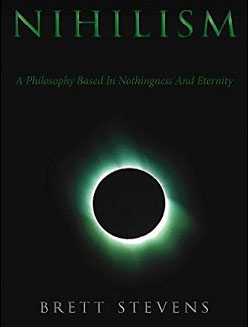Signatures Through Time
Sometimes one wonders if history is rotational more than cyclic exclusively, meaning that it keeps coming around again to the same point so that we can get closer to the center of any issue, like the meaning of words. We are boatmen on a current circling an island trying to get a toehold.
For example, it turns out that ancient seals were used as signatures, but were a lot more informative than scrawling your name on a cheque or indictment:
The seal texts often introduced the owners with their names, genealogies, gender, professions and hometowns. Thanks to this information, researchers know that not just men but also wealthy women owned seals, albeit in much smaller proportions.
Religious identity, too, was communicated via long prayers addressed to personal gods or via images depicting gods and worshippers.
No offense to modernity, but this sounds rather handy. Instead of simply giving someone my name, I can issue forth a small treatise on religion, philosophy, politics, and family history. Maybe even have Prometheus rising from Hell to conquer the land of ice and restore the reign of Ur!
In the early years of the digital world, in parallel to the ancient world, we had our equivalent through .plan and .sig files. The first of which were accessible through finger (heh heh):
A longer format is used by the finger command whenever a list of user’s names is given. (Account names as well as first and last names of users are accepted.) This format is multiline, and includes all the information described above along with the following:
- User’s $HOME directory
- User’s login shell
- Contents of the .plan file in the user’s $HOME directory
- Contents of the .project file in the user’s $HOME directory
The finger command may also be used to look up users on a remote system. The format is to specify the user as User@Host. If you omit the user name, the finger command provides the standard format listing on the remote system.
You could reach out and touch someone via finger, and on their remote machine, their little .plan file would load up and be sent to your screen. This was a great way to keep people updated on your plans for the day, but more likely you used it like a Mesapotamian seal, setting out some ideas and ideals of yours.
These overlapped with .sig files, which were little blocks of text you attached to your USENET posts and emails that did about the same thing. Some of these were inspired by the “fortunes” that certain UNIX and VMS machines had which spat out a pithy saying or inspirational message at random when you logged in.
If humans had any sense, we would pay attention to what young civilizations do, because that is where things are in balance: not too much order, not too much anarchy, and some presence of nature. These things kept us in check and let us know ourselves before we became too invested in external influences.
Tags: .plan file, .sig file, finger, mesapotamia, signature, unix, USENET










